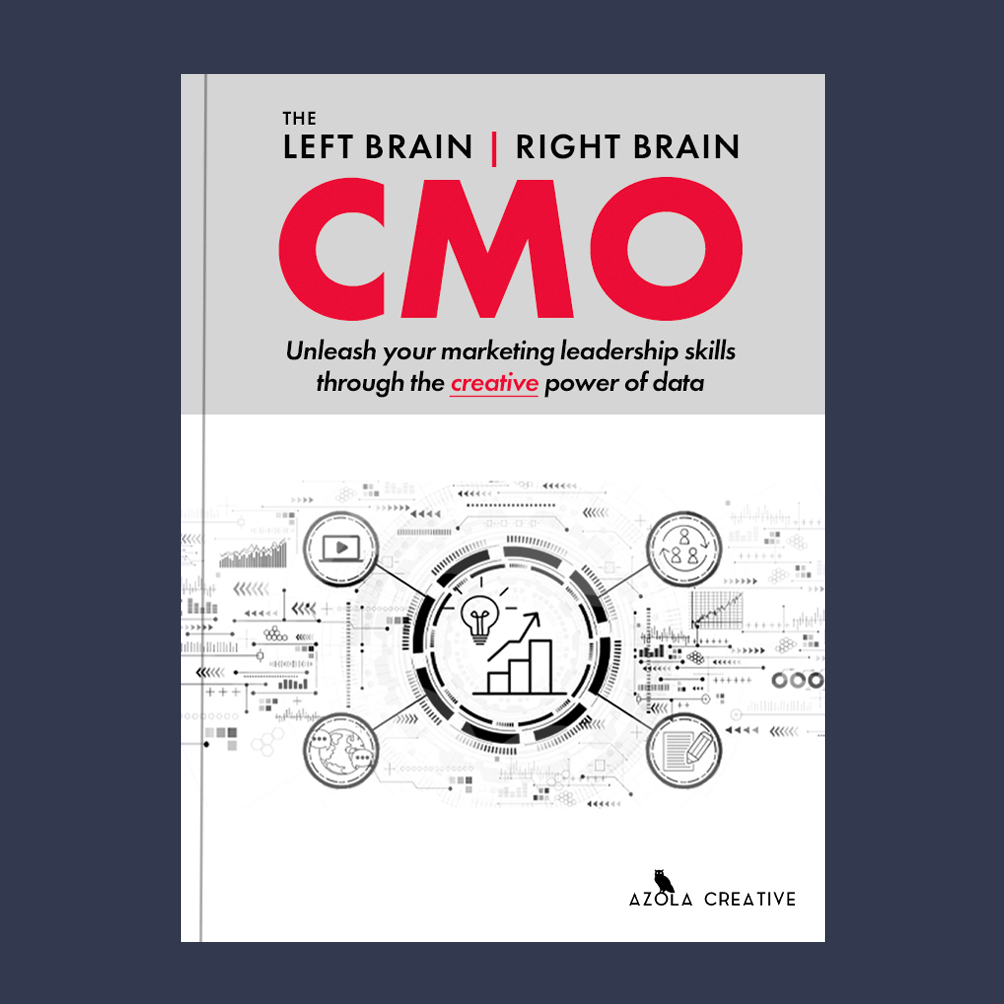How to Become a CMO
Want to become a Chief Marketing Officer?
A CMO manages a wide array of responsibilities, including brand management, market research, and developing marketing strategies.
Our program will give you real-world marketing experience from a marketing leader who has worked with SMB to enterprise-level brands. This program equips you with the knowledge needed to lead your organization strategically.

How to Become a CMO
Want to become a Chief Marketing Officer?
A CMO manages a wide array of responsibilities, including brand management, market research, and developing marketing strategies.
Our program will give you real-world marketing experience from a marketing leader who has worked with SMB to enterprise-level brands. This program equips you with the knowledge needed to lead your organization strategically.

You'll learn to...
Let's take a look at some of the specific areas that we provide training on within the program.
This CMO program is designed to help you develop your
Essential Skills and Qualifications
To succeed as a CMO, you need a blend of analytical and creative skills.
Our program emphasizes:
- Analytical skills for data analysis and ROI measurement
- Creative skills for innovative marketing campaigns
- Leadership skills for managing marketing teams and departments
- Communication skills for effective messaging and public relations
Educational Requirements
A strong education is crucial for aspiring CMOs. Typically, a bachelor's degree in marketing, business administration, or a related field is required. Many successful CMOs also hold an MBA or a master's degree in marketing.
Gaining Experience in Marketing Roles
Building a career path toward becoming a CMO involves gaining experience in various marketing roles and disciplines.
As a marketing manager, you have already developed a strong foundation. Now, it's time to broaden your skill set by taking on projects that involve cross-functional teams and larger strategic initiatives.
Strategic Thinking and Business Acumen
Today's creative marketing is data-driven. Creative leaders with the ability to identify and execute multiple strategies through data-centric perspectives are the winners.
Our program teaches you to:
- Use data analytics to guide marketing strategies
- Balance creative approaches with sound business practices
- Understand financial metrics like ROI and profit margins
Networking and Mentorship
Building a robust professional network is essential for career growth in marketing.
Our program encourages:
- Networking with industry professionals through company events and conferences
- Seeking mentorship from experienced marketing leaders
- Leveraging LinkedIn and other platforms to build professional contacts
Real-World Examples and Case Studies
The Left Brain | Right Brain CMO program walks you through real-life examples market leaders face on a daily basis.
You'll learn to:
- Identify and promote successful marketing initiatives and marketing strategy
- Communicate effectively with executive leaders
- Develop creative strategies with measurable outcomes
Certification and Career Advancement
In some cases, your CMO Certification can be reimbursed by your employer. We'll show you resources to leverage for possible reimbursement. This certification is designed to help marketing professionals become more effective leaders and advance their careers.
Is Left Brain | Right Brain CMO methodology for you?
By adopting our Left Brain | Right Brain CMO methodology, you will gain more than a valuable team member role. You will have the opportunity to be a marketing team leader, recognized and appreciated for your insights and results through your leadership. This program is perfect for product marketers, brand marketers, creative marketers, and data analysts looking to elevate their careers.
The Role of Digital and Social Media
Marketing in a CMO Career
Digital marketing and social media marketing are crucial components of a CMO's responsibilities.
Understanding and leveraging these channels will help you:
- Develop effective digital marketing strategies
- Engage with target audiences through social media platforms
- Analyze digital marketing trends to stay ahead of the competition

Branding and Advertising Campaigns
Branding and advertising are key aspects of a CMO's job.
You will learn how to:
- Create compelling advertising campaigns that resonate with customers
- Manage brand messaging to maintain consistency across all channels
- Utilize market research to inform branding strategies
Planning and Innovation in Marketing
Strategic planning and innovation are essential for driving business growth.
Our program covers:
- Developing long-term marketing plans that align with business goals
- Encouraging innovation in marketing tactics and strategies
- Staying updated on the latest marketing trends and technologies
Public Relations and Communication Strategies
Effective communication and public relations are vital for a CMO.
You'll gain expertise in:
- Crafting communication strategies that enhance brand reputation
- Managing public relations to handle crises and maintain positive public perception
- Collaborating with other departments to ensure cohesive messaging
Understanding the Marketing Field and Industry
A deep understanding of the marketing field and industry is crucial.
Our program includes:
Insights into various marketing positions and their roles
Analysis of marketing trends and their impact on strategies
Best practices for marketing operations and campaign management
Enhancing Your Marketing Expertise
To become a successful CMO, you need to continuously enhance your marketing expertise.
This involves:
- Staying informed about the latest marketing principles and best practices
- Participating in professional development opportunities
- Engaging with industry thought leaders and experts
Building a Strong Professional Network
Networking is a key component of career advancement.
Our program helps you:
- Build valuable contacts within the marketing industry
- Leverage networking opportunities to gain insights and advice
- Develop relationships that can lead to mentorship and career growth
Preparing for CMO Positions
Our program prepares you for CMO positions by providing:
- Comprehensive training in marketing strategies and business acumen
- Real-world examples and case studies to illustrate key concepts
- Opportunities to practice and refine your leadership skills
By following our comprehensive program, you will be well-equipped to transition from a marketing manager to a Chief Marketing Officer. You'll gain the skills, knowledge, and experience needed to excel in this challenging and rewarding career path.
Tell us more about yourself to help us decide
if you're a good fit for our
Left Brain | Right Brain CMO Program
